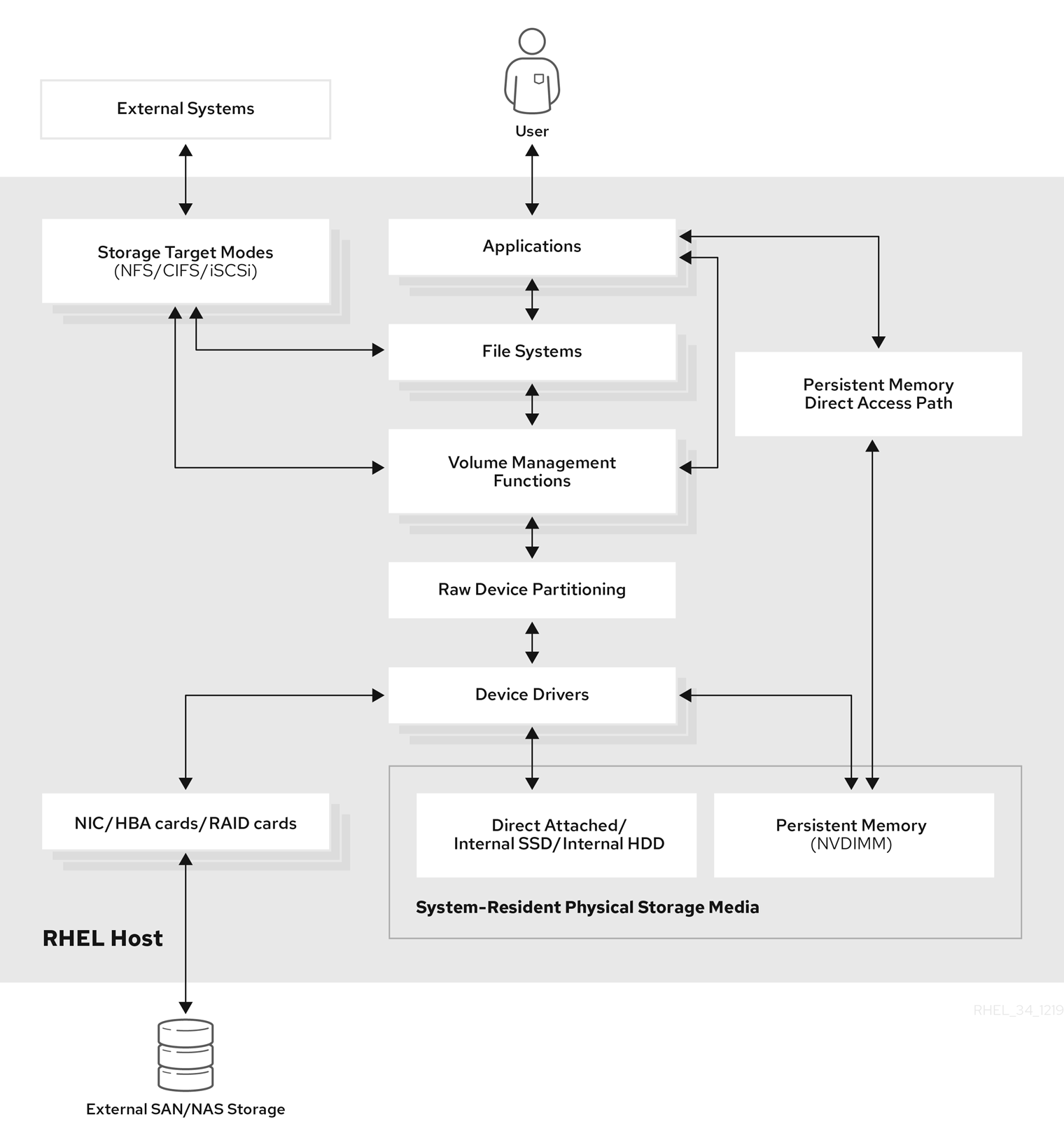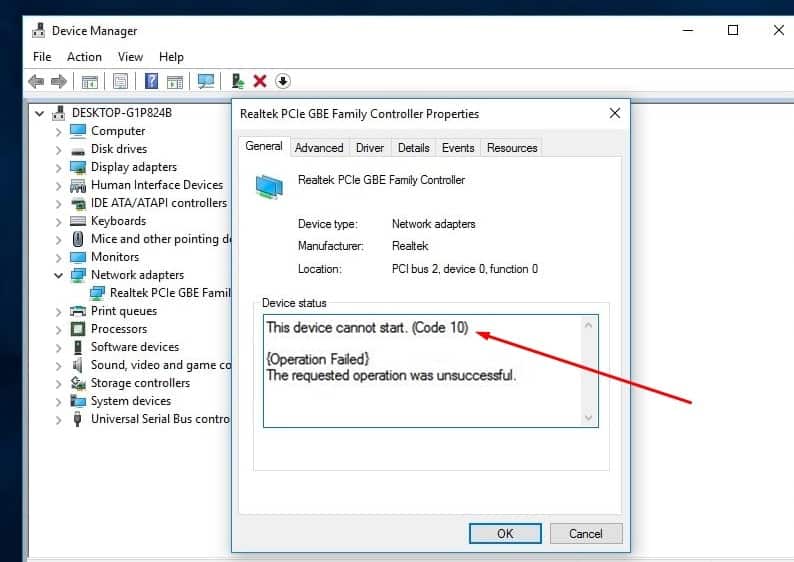TGE SCSI & RAID Devices Driver Download For Windows 10
- Tge Scsi & Raid Devices Driver Download For Windows 10 32-bit
- Tge Scsi & Raid Devices Driver Download For Windows 10 64-bit
- Tge Scsi & Raid Devices Driver Download For Windows 10 Xp
- A: SCSI Interfaces. SCSI (usually pronounced “scuzzy”) stands for Small Computer System Interface, and is the oldest type of interface used for attaching peripheral devices to computers.
- General questions about SCSI are answered in the SCSI−FAQ from the newsgroup Comp.Periphs.Scsi (available on tsx−11 in pub/linux/ALPHA/scsi and mirror sites). 15.2 Mailing list There is a mailing list for bug reports and questions regarding SCSI development under Linux.

SAS vs SCSI
When it comes to the storage of data within computers, there are two very common forms of hardware that are employed in order to get he desired end result. Two of these forms of data transfer include SCSI and SAS. If all you see are initials, not to worry as all your fears of the letters will be put to rest shortly. Here, we take a look at how these two methods of saving data into hardware compare.

SCSI is an initial that refers Small Computer System Interface. This form of interface was what was used initially in the computers due to the small data amounts that the earlier computers used. SCSI has however grown in leaps and bounds to be what it is today. SCSI is a fast bus that can be able to connect to numerous devices at the same time. Among some of the hardware that SCSI is able to connect to include tape drivers, CD- ROM/RW drives, hard drives, scanners printers and other support devices. The principle that SCSI is based on is the SASI interface, otherwise referred to as the Shutgart Associates System which can trace its roots back to 1981. SCSI is therefore a modification of SASI and that is able to power hard drives and printers.
One of the things that make SCSI stand out is that it is fairly fast and can allow transfer of data at 320 Megabytes per second. Another thing that has made SCSI to be on for so long is that in its 20 year existence, it has been thoroughly tested and retested and has for many times shown that it is reliable.
One of the main limitations of SCSI is that it comes with very limited BIOS system support and this is quite a serious challenge. This means that each computer must be configured independently and this could be a painstaking task, if numerous machines need configuration. Another limitation of SCSI is that different SCSI types come with different recommended speeds, width and band connectors. These connectors can be rather confusing, even when an experienced hand is working on it.

SAS on the other hand refers to the Serial Attached SCSI. SAS refers to the evolution that has occurred of the SCSI devices from being a parallel interface to a serial one that allows for total control of the individual drives that may be linked to it. SAS allows for many more devices to be attached to the computer, with a maximum number of 128 types being supported at a single go. Another great benefit that SAS has over SCSI is that the SAS drives can be hot plugged. Hot plugging comes with the single benefit of allowing for the creation of alternate pathways of transmitting data.
The design of SAS is such as to be able to operate in full duplex mode that allows for the transmission of data to and fro at the same time. If there is need to use SCSI and SATA devices, SAS becomes the ideal choice as it can comfortably communicate with both. The main notable difference that SAS and SCSI have is that SAs devices come with the addition of two ports which prevents complete fail over of a single path, offering an alternate path that allows for communication.

J October 2016 Fibre Channel (FC) Serial Attached SCSI (SAS) SCSI Commands Reference Manual. SCSI-1 is the original SCSI standard developed back in 1986 as ANSI X3.131-1986. SCSI-1 is capable of transferring up to eight bits a second. SCSI-2 was approved in 1990, added new features such as Fast and Wide SCSI, and support for additional devices. SCSI-3 was approved in 1996 as ANSI X3.270-1996.
Summary
SCSI refers to Small Computer System Interface
SAS refers to Serial Attached SCSI
SCSI is a fast bus and is able to transmit up to 320 Megabytes per second

Tge Scsi & Raid Devices Driver Download For Windows 10 32-bit
SAS Can connect up to 128 devices
SAS allows for duplex operation
SCSI used for long and thus reliable and tested widely
SCSI comes with limited BIOS support
Tge Scsi & Raid Devices Driver Download For Windows 10 64-bit
- The Difference Between Mediation and Conciliation - April 15, 2018
- Difference Between the Jscripts and Java Scripts - November 17, 2013
- Difference Between EJB 2.1 and EJB 3.0 - November 16, 2013
Tge Scsi & Raid Devices Driver Download For Windows 10 Xp
